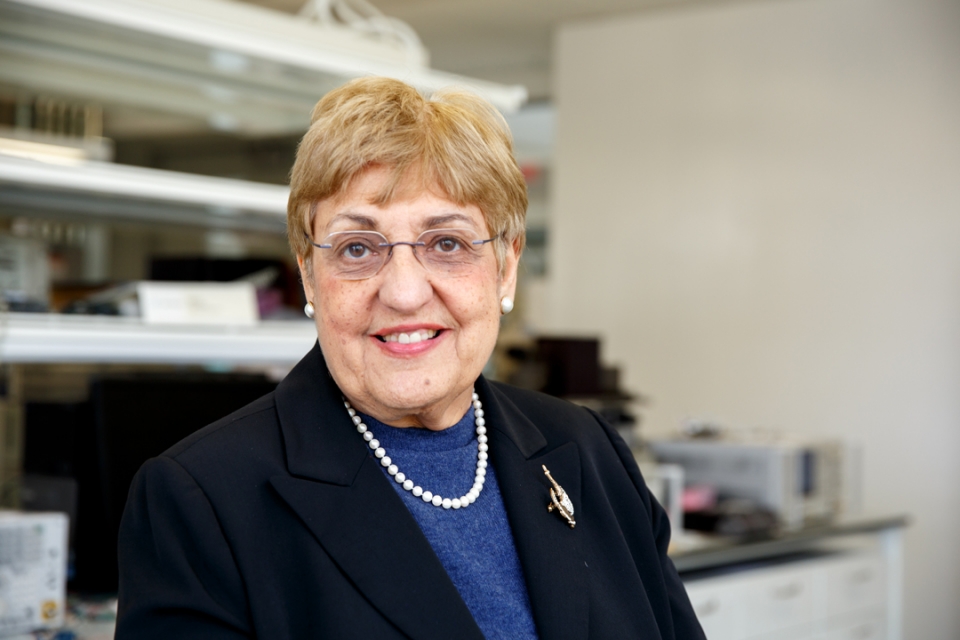By Lujain Al-Khawi
Professor Mona Zaghloul, the director of GW SEAS’ Institute for Micro-Electro-Mechanical Systems and Nano –Electro-Mechanical Systems (MEMS/NEMS) and VLSI Technology, and Yangyang Zhao, an electrical engineering ECE Ph.D. candidate, are developing a handheld gas sensor to detect and monitor diseases like lung cancer and diabetes for at-home use.
“We are working mostly on chemical gas sensors, and we are producing novel sensors which nobody has done before,” said Zaghloul.
Zaghloul and Bhaven Mehta, a former graduate student who is now working with GlobalFoundries, previously IBM's chip-manufacturing unit, first collaborated on the project with,researchers at the National Institute of Standards and Technology (NIST), a Gaithersburg, MD-based government agency under the Department of Commerce. Today, Zaghloul and her team have produced several patents on many sensors.
“We have sensors that detect chemical gases or bio sensors that are a marker for cancer or other diseases...but it was not commercialized because it needs more work to make it portable,” said Zaghloul.
Since sensing systems are often bulky and need to be maintained in a lab setting, they are not compatible for at-home use. Therefore, the challenge of her research is to innovate a sensor which is small, yet selective and sensitive.
To accomplish this goal, Zaghloul is focusing on using nanotechnology , and plasmonics, to develop very small sensors, and very sensitive and selective sensors.
So far, she and her collaborators have constructed sensors that demonstrate sensitivity in the parts-per-billion range, and they proposed a selectivity mechanism “without hampering the sensitivity,” a novel development since research labs who have tried to improve sensors’ sensitivity have encountered a decrease in selectivity.
These sensors can also be used in environmental and agricultural monitoring to study toxic gases in the atmosphere and fluctuations in dispersing plumes and evaporation, which can prove to be very valuable for people with asthma and other outdoor-affected conditions.
“Because we know how to design very small things at the Nano-scale, this [sensor] would be very small and have the electronics to communicate, to send signals. “It would be very useful for those who have any allergies.”
In fact, the development of these sensors will impact several fields from public health , agriculture, and the food industry.


